i am happy whenever i get the chance to take a walk on the rugged rocky coast southwest of town. if you are into rocks it's a kind of paradise. the beauty isn't exactly breath taking though the formations can be stunning. i find much of the beauty is in the details.


i am no expert on stones but the other day i was out on one of the most exposed peninsulas and met a group of geologists at work with hammers and cameras. we had a good chat and i learned a few things. i offered some input of areas i know with the most interesting formations but they were mostly concentrating on minerology. that is something i know little about and the times i have tried to learn more have involved massive amounts of technical terminology that become too much to wrap my mind around.
i am happy to say that my limited intellectual understanding of what i perceive doesn't deter me fromseeking out and appreciating the beauty of the scenes. maybe with their knowledge and understanding of the processes forming the area, geologists can appreciate the beauty even more than i can but then again maybe they can become so focused on technical aspects that beauty is less of a concern to them. i hope not
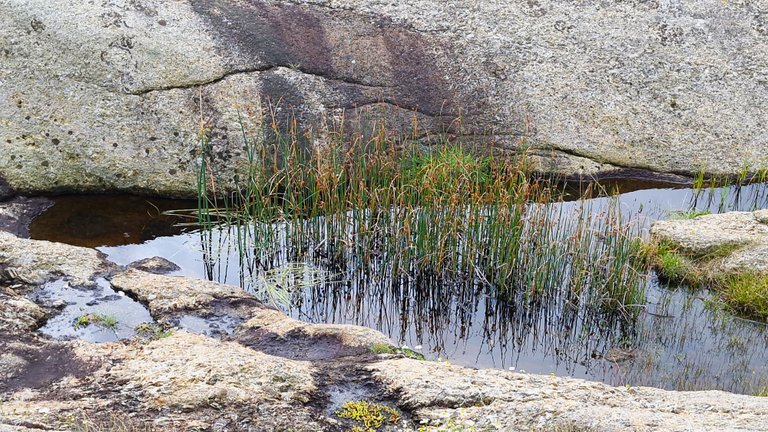
anyway i am very fond of this coast and glad to share my shots here on Hive

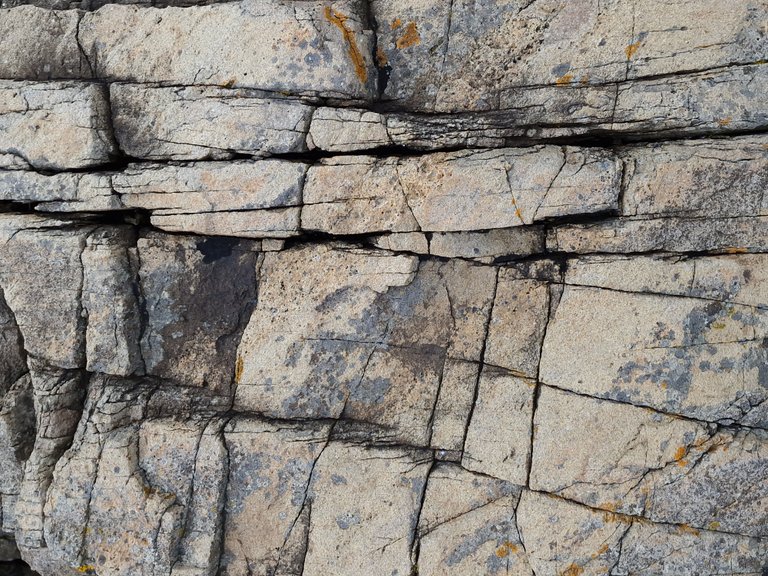

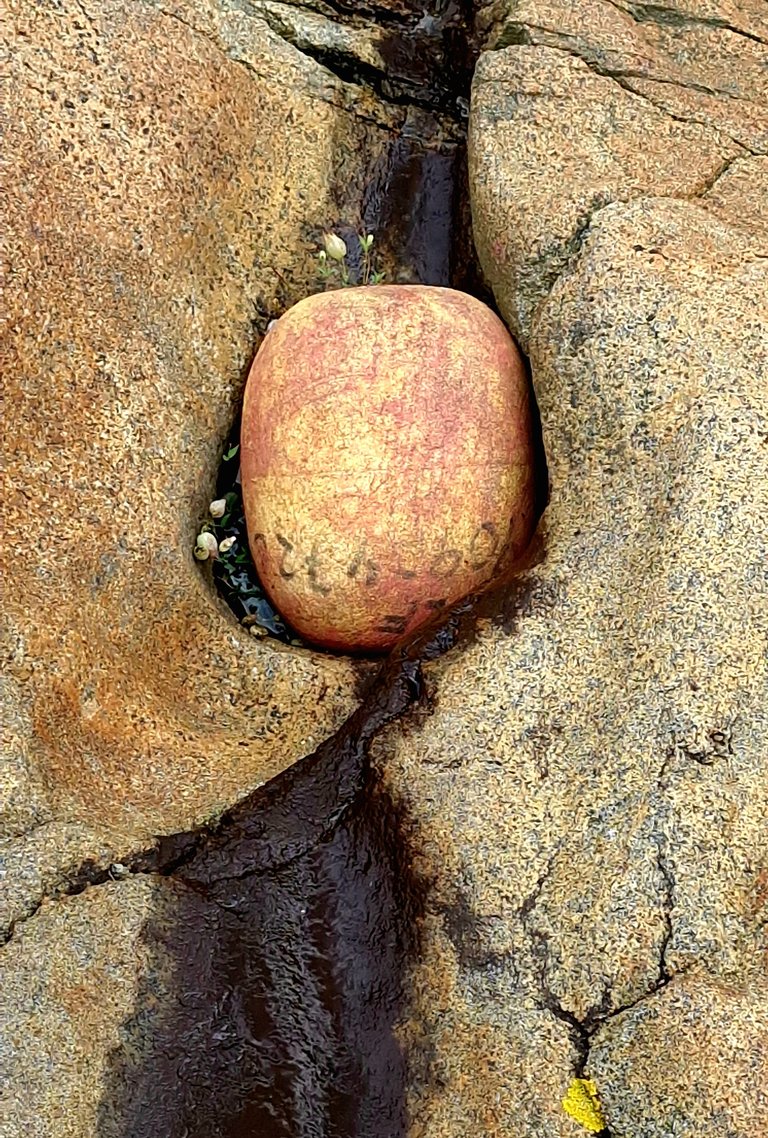

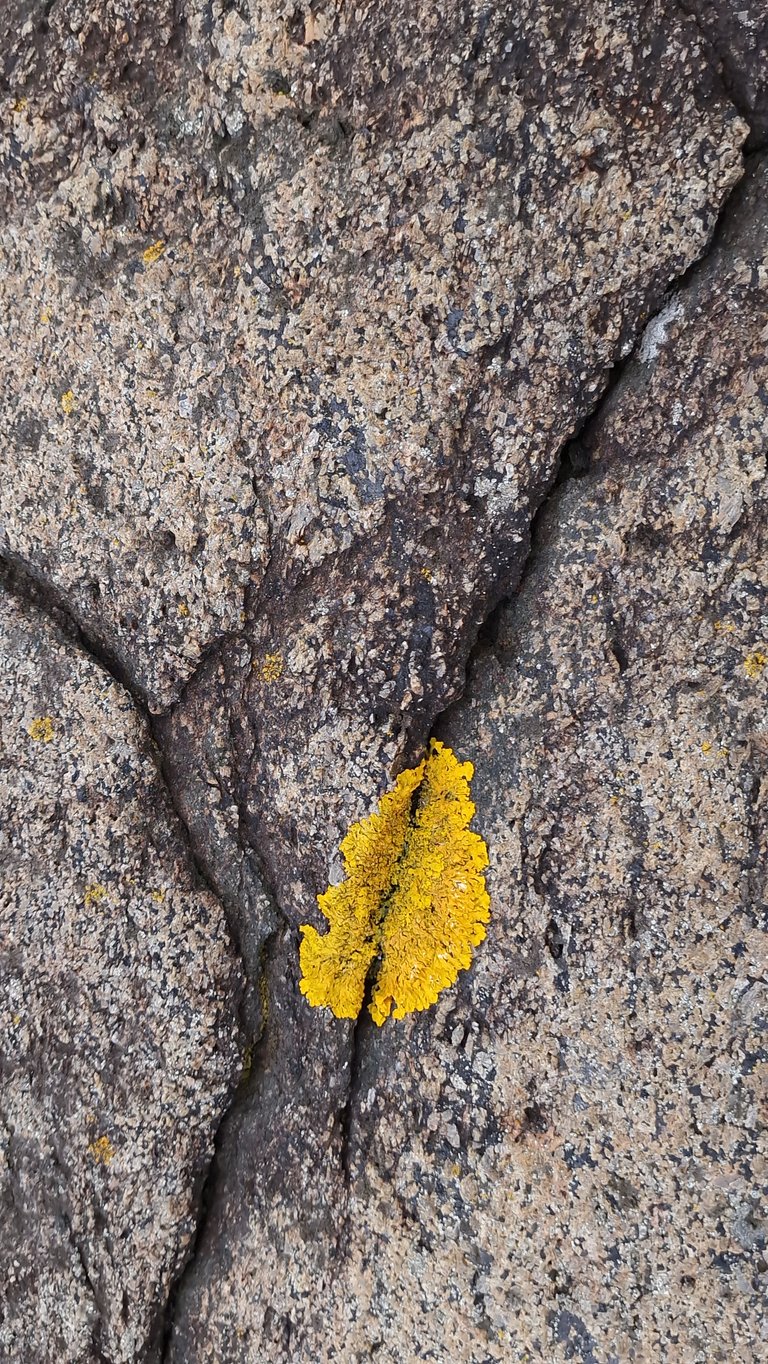
there is something inherently attractive about cracks

most of the bedrock here is larvikite but there are others as well
Larvikite is an igneous rock made up entirely of feldspar (with small chemical composition changes) that crystallizes in the form of large masses. Within the feldspar itself, there are ... silver-blueish shimmering crystals that give Larvikite it’s notoriety and fame. This eye catching “flash” is commonly referred to as the “Schiller Effect” and is believed to be caused by Ternary Feldspar (a fancy name for feldspar that is rich in potassium, sodium, and calcium). Larvikite is believed to have formed over 298 million years ago, at an estimated depth of 18 miles below Earth’s surface (an astounding feat considering large deposits of this mineral are now breaching continental Norway). The name of this mineral comes from the local town of its original discovery; Larvik, Norway.
https://thecrystalcouncil.com/crystals/larvikite

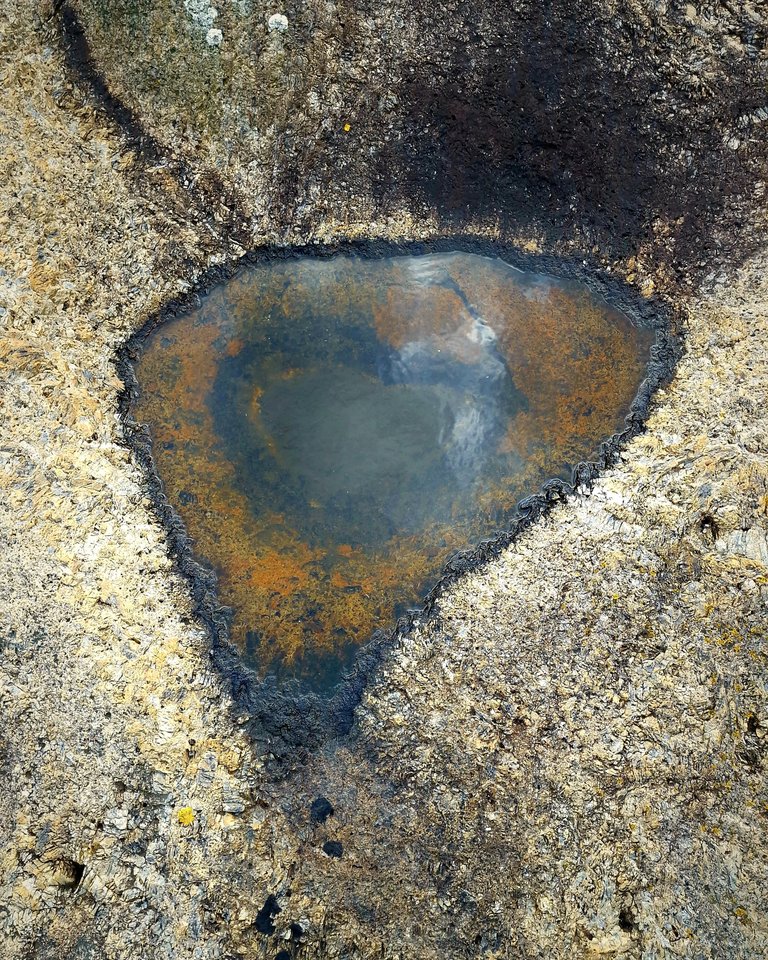
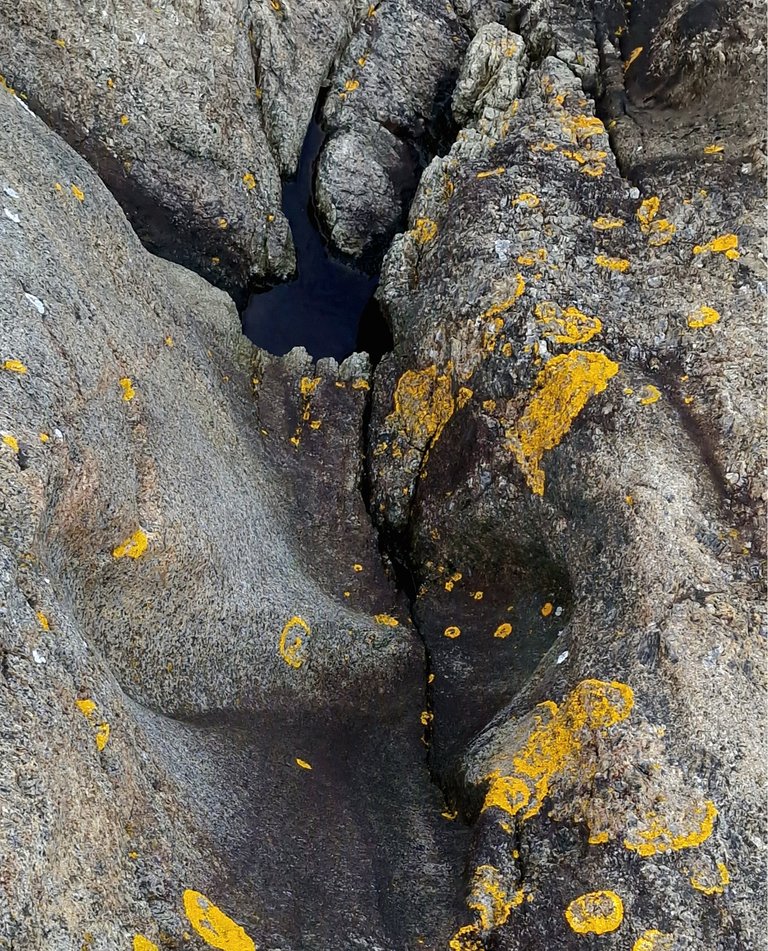



several places along the coat i have found exposed crystals up to 400 cm2. they flash in the sun when the angle is right. but many like this one have been eroded and lichens have established themselves in the small cracks.
timeless as this is it could pass as a work of modern art
thanks for joining me
 )
)